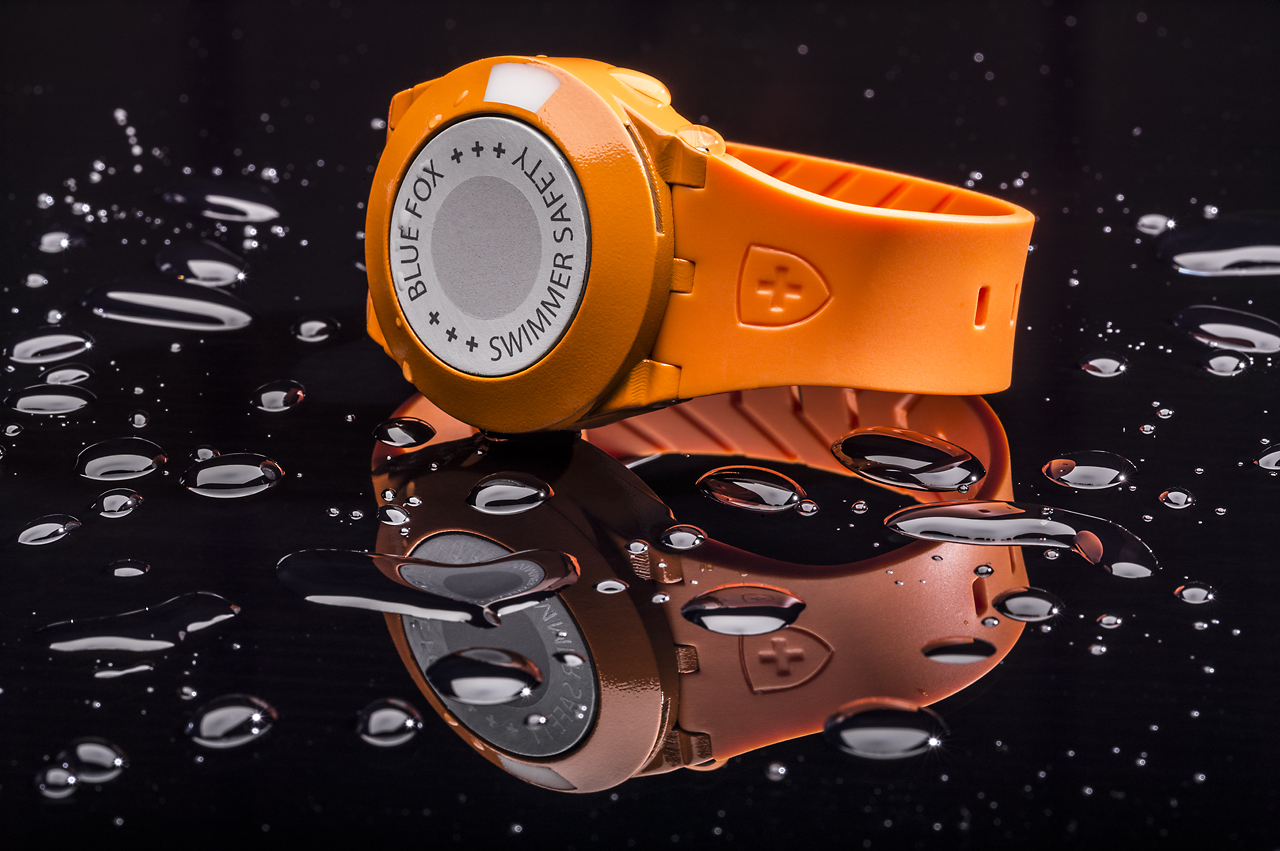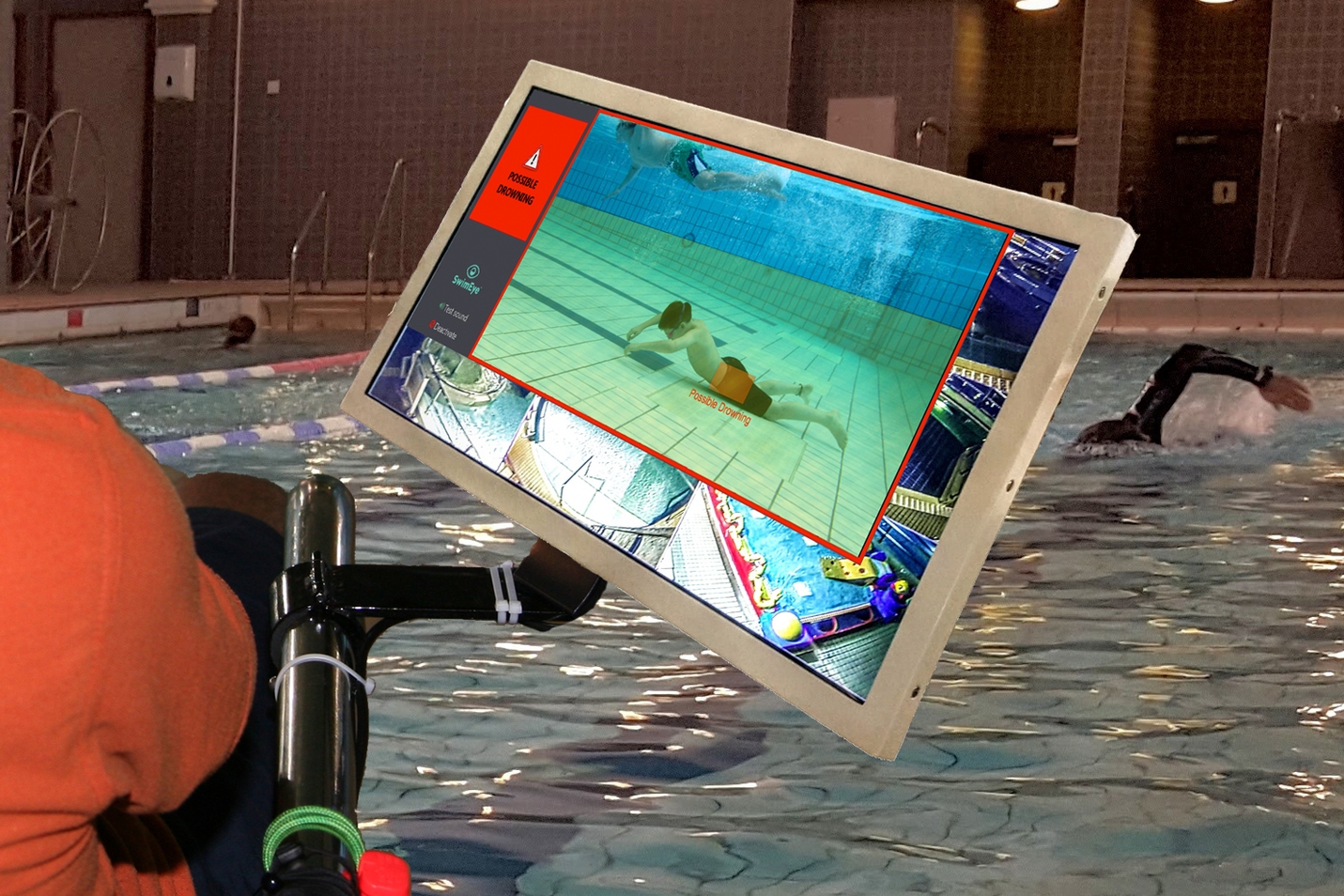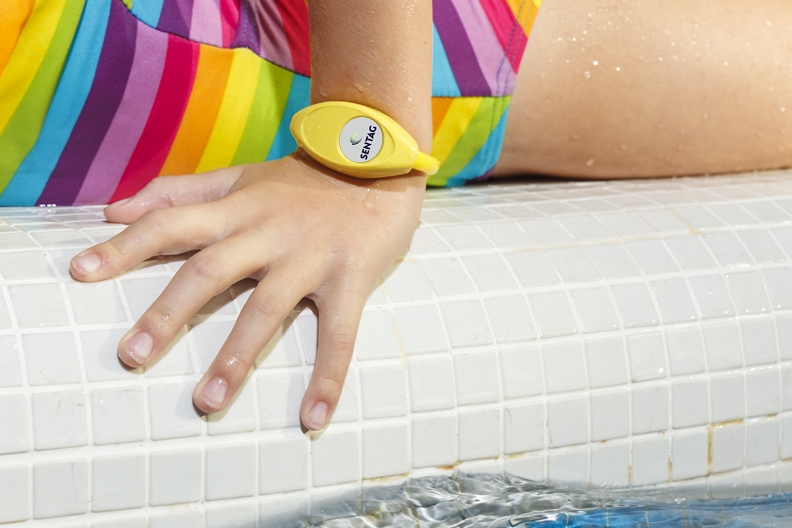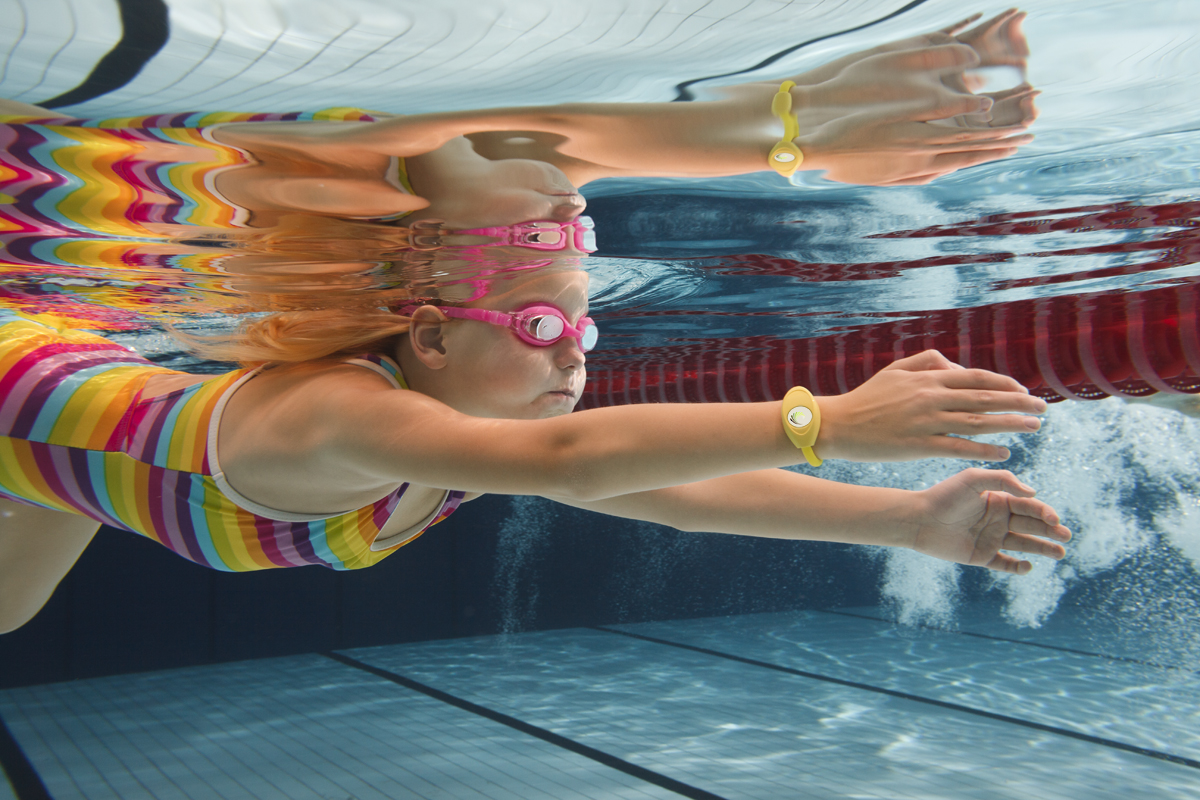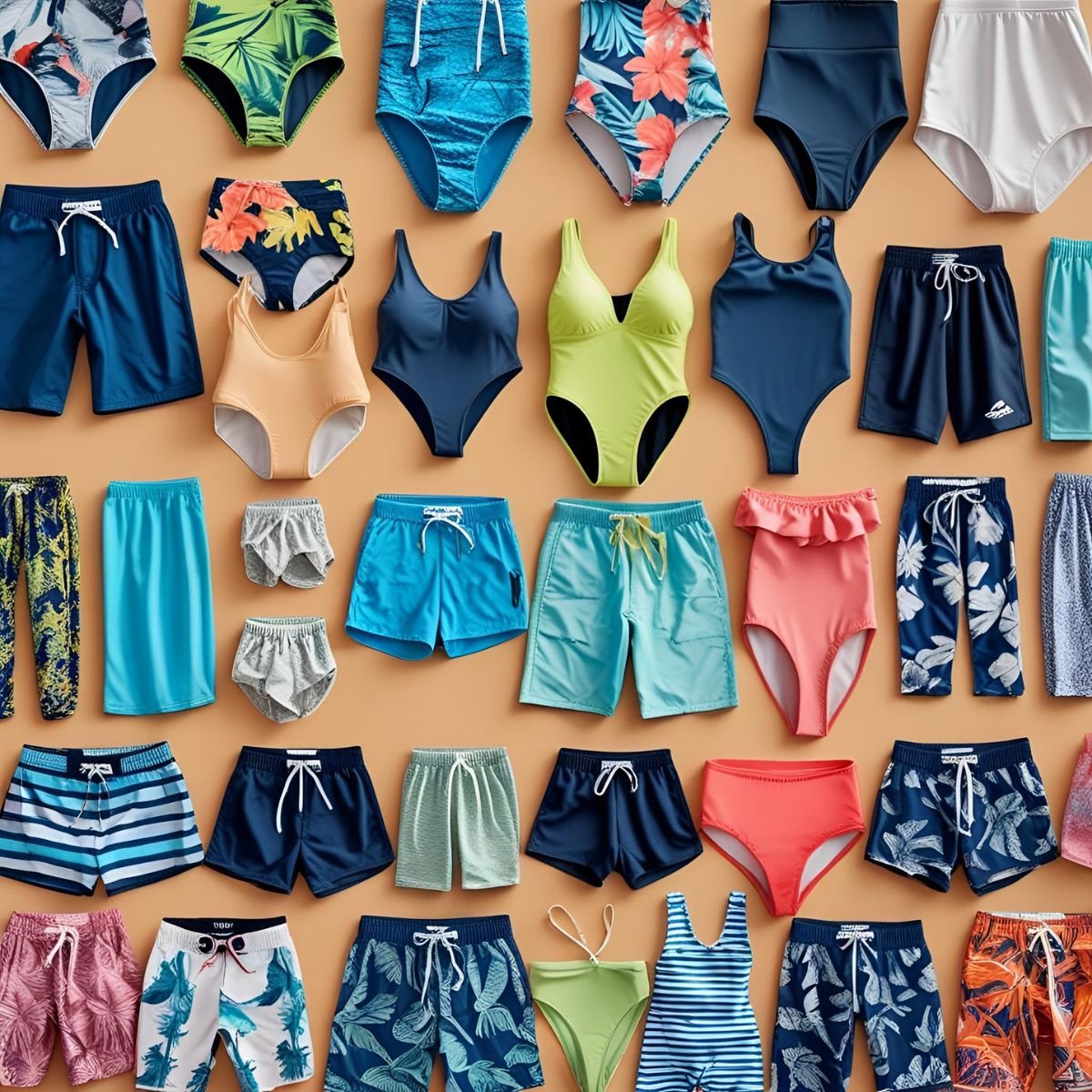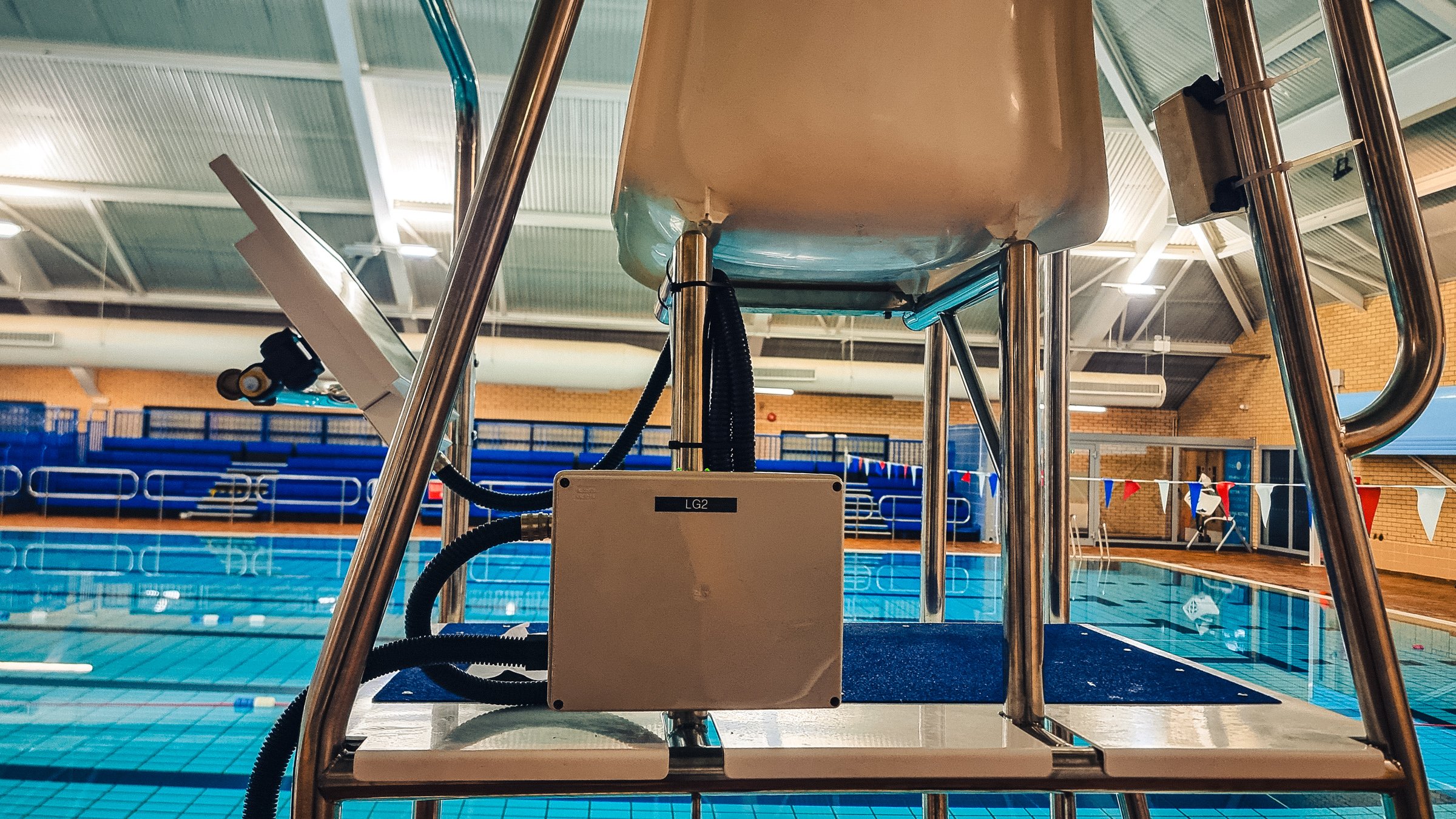The Instinctive Drowning Response takes over and this is what happens:
1. Except in rare circumstances, drowning people are physiologically unable to call out for help. The respiratory system was designed for breathing. Speech is the secondary or overlaid function. Breathing must be fulfilled before speech occurs.
2. Drowning people’s mouths sink below and reappear above the surface of the water in quick succession. The mouths of drowning people are not above the surface of the water long enough for them to exhale, inhale and cry out for help. When drowning people’s mouths are above the surface, they exhale and inhale quickly as their mouths start to sink below the surface taking in water.
3. Drowning people cannot wave for help. Nature instinctively forces them to press down on the water’s surface. Pressing down on the surface of the water permits drowning people to lift their mouths out of the water to breathe.
4. Throughout the Instinctive Drowning Response, drowning people cannot voluntarily control their arm movements. Physiologically, drowning people who are struggling on the surface of the water cannot stop drowning and perform voluntary movements such as waving for help, moving toward a rescuer or reaching out for a piece of rescue equipment.
5. From beginning to end of the Instinctive Drowning Response, people’s bodies remain upright in the water with no evidence of a supporting kick. Unless rescued by a trained lifeguard, these drowning people can only struggle on the surface of the water for 20 to 60 seconds before submersion occurs.
However, this doesn’t mean that a person who is yelling for help and thrashing isn’t in real trouble. They are experiencing aquatic distress. Not always present before the Instinctive Drowning Response, aquatic distress doesn’t last long. But unlike true drowning, these victims can still assist in their own rescue by grabbing lifelines, throw rings, etc.
Look for these signs of drowning when persons are in the water:
• Head low in the water, mouth at water level
• Head tilted back with mouth open
• Eyes glassy and empty, unable to focus
• Eyes closed
• Hair over forehead or eyes
• Not using legs, vertical
• Hyperventilating or gasping
• Trying to swim in a particular direction but not making headway
• Trying to roll over on their back
• Appear to be climbing an invisible ladder
Sometimes the most common indication that someone is drowning is that they don’t look like they’re drowning. They may just look like they are treading water and looking around for safety. One way to be sure is to ask them, “Are you all right?” If they can answer, they are probably OK. If they return a blank stare, you may have less than 30 seconds to get to them to safety.
Parents, children playing in the water make noise. When they go quiet, you need to get to them and find out why.






